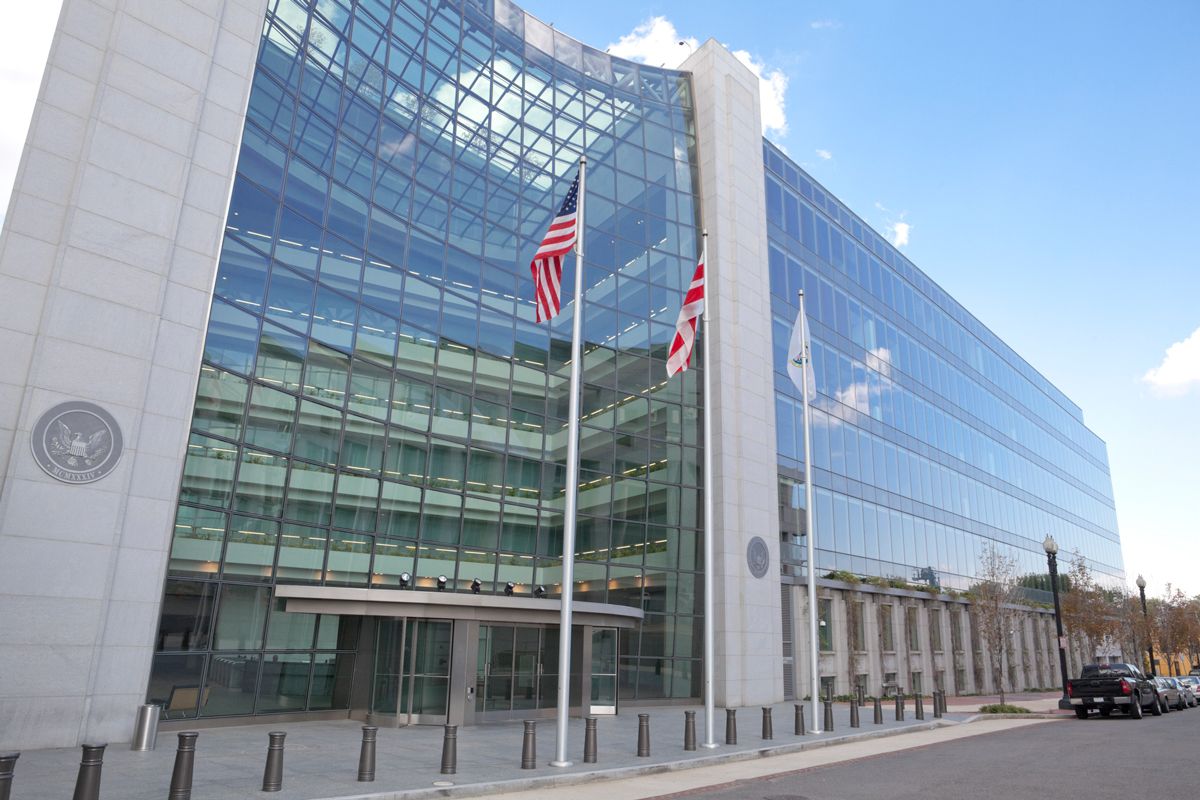Federal buildings shape the backdrop of our civic life. A stroll through Washington, D.C., showcases this distinctly, featuring both stately structures with classical columns and pediments alongside sleek glass-and-steel facades. Should a courthouse or agency headquarters look like a Roman temple evoking ancient ideals or a sleek modern structure?
That question has sparked a debate. At its heart are issues of history, identity and how architecture influences our experience of democracy.
Architecture’s Cyclical Evolution: The Pendulum of Style
Architecture styles tend to cycle rather than progress in a straight line. Periods of ornate classicism are often followed by reformist movements—and vice versa. The Renaissance and Neoclassical eras, for instance, revived Greco-Roman forms long after antiquity, emphasizing symmetry, columns, and domes, designed not just for their beauty but for their practical purposes—facilitating public gatherings in open, airy spaces where speech could carry.
The Romans, in particular, excelled in creating vast public spaces that supported wind movement and acoustics, crucial for the civic dialogues that were central to their society.
By the 20th Century, however, architects stripped away ornament in favor of Modernism’s “less is more” ethos, only to see a resurgence of historical styles later as some began to proclaim “less is a bore.” After decades dominated by minimalism, there’s a noticeable return to classical principles, as if the architectural pendulum is swinging back toward a style that embraces grandeur and ornamentation once more.
Balancing Tradition and Modernity
Proponents of classical architecture argue that its timeless qualities convey stability and order, qualities essential for buildings that represent governmental authority. Yet, these classical forms must also meet contemporary needs—integrating modern technology, environmental sustainability and accessibility. Frank Gehry once said, “Architecture should speak of its time and place, but yearn for timelessness.”
This statement suggests that while buildings can nod to historical forms, they must also embrace the innovations of their time. For example, the San Francisco Federal Building, completed in 2007, champions this modern approach with its abstract, asymmetrical form and energy-efficient design. Yet, it starkly contrasts with traditional structures, prompting mixed reactions regarding its civic presence.
Conversely, the new U.S. Courthouse in Los Angeles attempts to marry classical gravitas with modern aesthetics, featuring a ceremonial stairway clad in limestone yet presenting itself as a distinctive modern glass cube.
Symbols of Democracy: What Federal Buildings Convey
From the U.S. Capitol’s dome to the local post office, federal buildings are more than mere brick and stone—they are physical symbols of national ideals. American governments have long favored classical architecture to express democracy, stability, and strength. In the young United States, Thomas Jefferson modeled the Virginia State Capitol (1788) after a Roman temple to embody the new republic’s ideals, setting a template for American civic architecture.
Similarly, iconic institutions in Washington adopted Greco-Roman grandeur: the Supreme Court Building (1935) resembles a temple with its Corinthian columns. Its architect, Cass Gilbert, felt this neoclassical form lent the Court “grandeur and quiet dignity,” befitting the nation’s highest tribunal.
Yet the question today is whether only classical architecture can communicate these civic ideals or if contemporary styles can also embody them. Modern architecture offers its own symbolic language. For example, a glass-walled structure can represent transparency, and bold abstract forms can signal that the nation is forward-looking.
Around the world, many contemporary civic buildings have proven that non-traditional designs can inspire pride and reverence. Proponents of updating federal architecture argue that America’s diversity and progress may be better reflected by allowing a variety of styles, rather than clinging exclusively to the columns and domes of the past.
The Impact on Daily Life
Winston Churchill’s observation, “We shape our buildings; thereafter they shape us,” highlights that architecture influences how we interact with our environment. Buildings designed to be welcoming can make governmental processes feel more accessible and less daunting, fostering a greater connection between citizens and their government. Conversely, buildings that appear fortress-like can seem unapproachable, deterring public engagement.
Looking Forward: Toward Timeless Civic Design
The current debate over architectural style in federal buildings isn’t about choosing winners but fi nding a synthesis that honors both our heritage and our future. Federal guidelines have long advocated for architectural diversity that refl ects the finest contemporary design while respecting historical context.
This approach supports the creation of buildings that are not only functional and beautiful but also meaningful—connecting our past with the present and making civic spaces resonate with all who visit them.
Whether through classical columns that speak to ancient democratic ideals or through modern glass walls suggesting transparency and progress, federal buildings should strive to be places where architecture meets practicality with grace, symbolizing a government that is both enduring and evolving.
Architect and thought leader Samuvel Benhursha has been featured in publications like Digital Journal, Tech Times, LA Weekly, Film Daily, Flaunt, NTD TV, Home Designer and Architect, and the American Society of Civil Engineering. He’s also the curator of “Sambenhur_Designs” a gallery showcasing innovative architectural concepts that blend historical influences with contemporary advancements.
View the original article and our Inspiration here


Leave a Reply